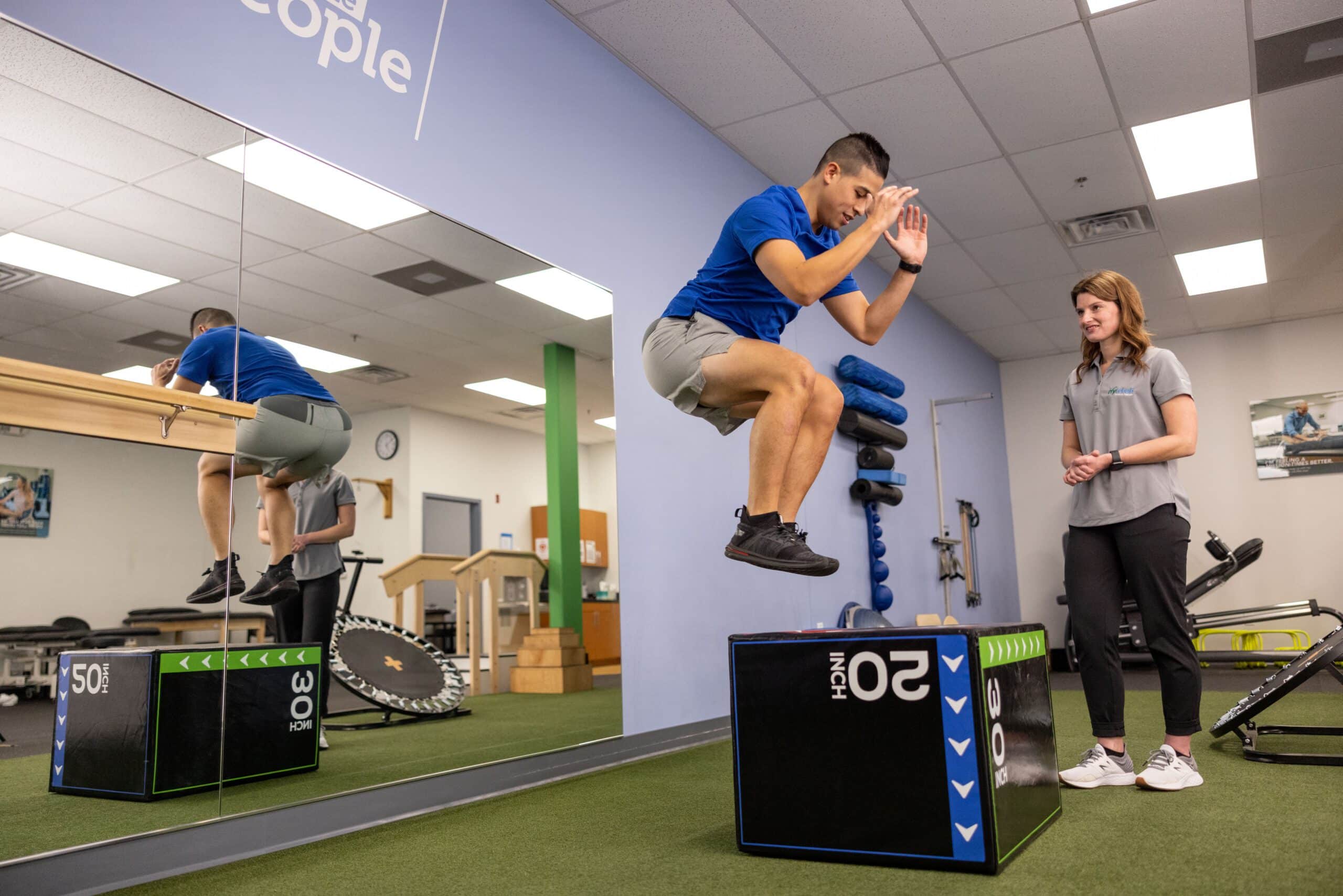Exploring the Effect of Manual Treatment Techniques on Alleviating Muscle and Joint Pain and Enhancing Patient Results
Exploring the Effect of Manual Treatment Techniques on Alleviating Muscle and Joint Pain and Enhancing Patient Results
Blog Article
Manual therapy methods are hands-on methods used by medical professionals to treat muscle and joint pain. These techniques include various types of manipulation and movement of the body’s muscles and articulations. The goal of hands-on therapy is to alleviate pain, improve mobility, and enhance overall performance. Many people experience musculoskeletal discomfort due to injuries, suboptimal posture, or conditions like joint inflammation. By using hands-on therapy, therapists aim to address these concerns and help patients recover their quality of living.
One common hands-on treatment method is vertebral adjustment. This technique involves using precise pressure to the vertebral column to enhance positioning and decrease discomfort. Studies has demonstrated that spinal adjustment can be beneficial in managing lumbar spinal discomfort and cervical discomfort. Another method is gentle connective tissue manipulation, which concentrates on reducing tightness in the muscle tissue and soft structures. This can help alleviate rigidity and enhance flexibility, making it easier for patients to move without pain. Both methods can be customized to satisfy the individual requirements of each client, ensuring a custom method to care.
In furthermore to discomfort alleviation, manual therapy can enhance patient outcomes in various ways. For example, it can boost blood flow, which helps supply nutrients and essential elements to the injured areas of the body. Better circulation can also promote healing and alleviate swelling. Additionally, hands-on therapy can help clients gain enhanced physical awareness, which is essential for preventing future injuries. By understanding how their bodies function, clients can make better knowledgeable choices about their activities and posture, leading to long-term benefits.
The effectiveness of hands-on treatment is often backed by client responses. Numerous individuals report significant gains in their discomfort intensity and overall performance after receiving treatment. This positive reaction can lead to greater drive for patients to engage in physical exercise and recovery exercises. When clients feel improved, they are more likely to participate in their recovery journey, which can further improve their outcomes. This collaborative method between the provider and the client is crucial for achieving lasting outcomes.
In summary, manual therapy techniques play a critical role in relieving musculoskeletal discomfort and enhancing client outcomes. By using this post techniques such as vertebral adjustment and gentle tissue mobilization, medical providers can help patients recover mobility and reduce discomfort. The benefits of hands-on treatment extend beyond instant discomfort relief, as it also promotes recovery and motivates clients to take an active role in their rehabilitation. As an increasing number of people seek efficient therapies for musculoskeletal issues, hands-on treatment continues to be an important choice in the realm of medicine.